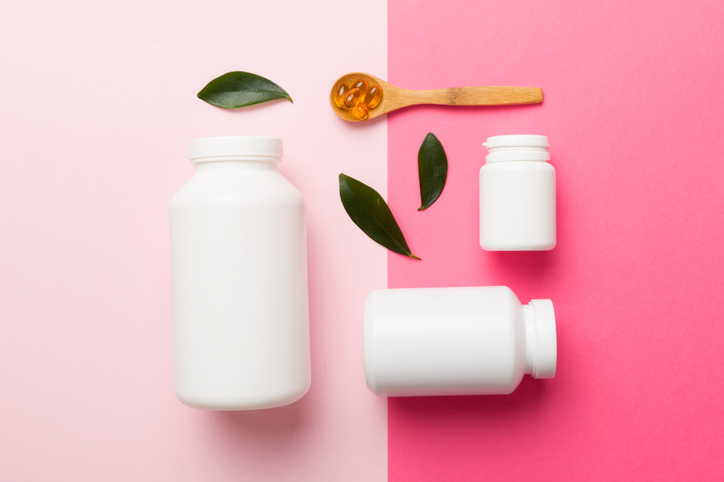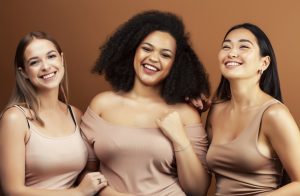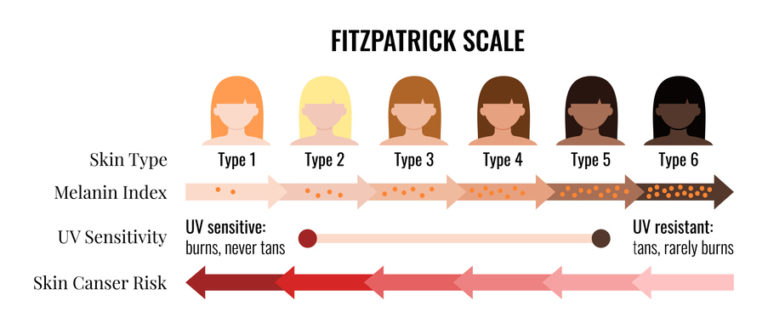
Top 3 Vitamins We Love for Skin Health
Learn why we love Vitamin B3, Vitamin C, and Vitamin D, and how each can make a difference in your skin health.
Dr Michael Rich is a specialist dermatologist who has been performing tumescent liposuction for over 30 years. Find out if Liposuction is suitable for you at ENRICH Clinic.
At ENRICH Clinic, we have a wide range of dermatological and cosmetic body treatments tailored to individual body and patient needs.
At ENRICH Clinic, our treatments are performed by our medical team consisting of doctors, nurses, and dermatologists and are tailored to each patient’s skin health needs.
ENRICH Clinic is committed to your skin health and well-being with a range of dermatological & cosmetic treatments tailored to the individual. Our treatments are performed by our medical team consisting of doctors, nurses, and dermatologists.
Skin health is essential for everyone. ENRICH Clinic has a wide range of technologies and dermatological solutions to help you achieve your skin care goals.
The most obvious ethnic difference in skin is colour, but there are other important factors to consider when undergoing dermatological and cosmetic procedures. For example, genetics determine the skin’s barrier depth, moisture-retaining qualities and sensitivity.
There is no one-size-fits-all for skin, no matter your genetic makeup, so finding a cosmetic dermatologist experienced in your skin type is essential. Some procedures and technology are more suited to some types than others.
The discussion of skin types between racial and ethnic groups tends to boil down to a few key factors that are common to all people: the structure of cells, barrier function, reactivity to UV, sensitivity and underlying pigmentation factors. Naturally, variations will always occur within racial groups due to genetic diversity.
When we ask, ‘what are ethnic skin types?’ we’re asking what your skin might be prone to versus another genetic group and what considerations your doctor should make when choosing cosmetic treatments.
Your skin type can matter greatly when undergoing skin treatments; for example, some lasers don’t play nicely on darker skin tones.
Depending on what we’re treating, a laser can work within specific wavelengths, usually corresponding to a colour band. For example, if we set the laser to the red frequency, the laser can target blood vessels without affecting nearby non-red skin. However, if the laser isn’t precise enough or inappropriate for the job, it could target melanin (pigment) in regular, healthy skin, thus causing a burn.
The treatment itself depends entirely on your cosmetic doctor, who should have experience treating your skin type before you let them anywhere near you. At ENRICH Clinic, our doctors look like you and know skin.
Medicine, including dermatology, has historically been an overly white cis-hetero male pursuit; thus, research and experience in beautifying skin focused almost solely on white people, white women specifically. Thankfully, this is changing quickly.
Increasing celebration of diversity and an increasing effort at dismantling the accepted beauty standards allow more people to enjoy the spoils of cosmetic dermatology’s many significant innovations and advancements.
Cosmetic treatments such as anti-wrinkle injections and dermal fillers have had much more research, resulting in more accessibility than they used to be – think back to the 70s and 80s and all the botched jobs we saw in celebrities. We don’t see much of that anymore because we have improved ingredients and techniques. This, coupled with the ” natural look ” trend, where it’s better not to ” overdo” such treatments, has led to better patient decisions & outcomes.

Research explains the four main elements that make up skin colour. Caucasian skin’s pinkish colour comes from haemoglobin and oxyhaemoglobin, which absorb specific wavelengths of light and reflects to the human eye as reddish.
Melanin is responsible for brown and black skin tones, while carotenes create yellow-orange pigmentation. Other hues are due to combinations of all four elements, so there is considerable variation in skin tone across populations – even within the same genetic (ethnic or racial) group.
All of the world’s human skin contains varying amounts of the four skin-colouring elements. People with very little melanin or carotenes in their skin (a.k.a. white people) are, as a racial/genetic group, fewer in number than many other groups in the global population.
While the term ‘person of colour’ is often used to describe a person who is ‘not white’ (Caucasian) and has experienced racial inequities; as a result, the underpinnings of this term are ethnically diverse levels of melanin, carotene, haemoglobin and oxyhaemoglobin as is visible from the outside of the skin.

We’ll all get wrinkled and saggy at some point, but some ethnic groups are spared the worst of it for longer due to our inbuilt sunscreen: melanin. When we expose skin to UV rays, melanocytes (special skin cells) produce melanin and turn skin darker. It’s a natural slip-slop-slap for a skin cell.
Without melanin (or with low amounts), photo-ageing can occur at an accelerated rate, which is likely one of the reasons white people want more cosmetic procedures – they show their age faster than everyone else.
Conversely, racial groups with naturally abundant melanin usually have younger-looking skin for much longer. The more UV underlying skin cells get, no matter your racial group, the more wrinkles will likely appear because it’s a dose-dependent result.
Then, there are differences in skin structure. These differences can include moisture levels and skin barrier depth.
At ENRICH Clinic in Melbourne, our team is diverse, and we’re no strangers to all kinds of skin. We’re happy to take your questions on our experience levels with your skin type and condition. We belive in good skin health.
Get in touch to book a consultation.
ENRICH Clinic
*With all surgeries or procedures, there are risks. Consult your physician (GP) before undertaking any surgical or cosmetic procedure. Please read the consent forms carefully and be informed about every aspect of your treatment. Surgeries such as liposuction have a mandatory seven-day cooling-off period to give patients adequate time to be sure of their surgery choice. Results may also vary from person to person due to many factors, including the individual’s genetics, diet and exercise. Before and after photos are only relevant to the patient in the photo and do not necessarily reflect the results other patients may experience. Ask questions. Our team of dermatologists, doctors and nurses are here to help you with any of your queries. This page is not advice and is intended to be informational only. We endeavour to keep all our information up to date; however, this site is intended as a guide and not a definitive information portal or in any way constitutes medical advice.
"*" indicates required fields
Combining Dr Rich’s dermatological skill with his knowledge of restorative skin regimes and treatments, the ENRICH range is formulated to help maintain and complement your skin. Our signature Vitamin C Day & Night creams are now joined by a Vit A, B,&C Serum and a B5 Hyaluronic Gel, both with hydration properties and much, much more.

Learn why we love Vitamin B3, Vitamin C, and Vitamin D, and how each can make a difference in your skin health.

Learn what the Fitzpatrick skin type system is and why we always check your skin type before any procedure at Enrich.

We address skincare trends & debunk myths while also providing guidance on products & treatments you should avoid based on your skin type.

Makeup can temporarily make your skin look flawless & dewy, but it merely masks imperfections & may not address the root causes of your skin concerns.
Subscribe to the ENRICH newsletter and receive latest news & updates from our team.
Enrich Clinic acknowledges the Traditional Lands of the Wurundjeri Woi Wurrung and Bunurong peoples of the East Kulin Nations on which we work and trade. We pay respect to their Elders past, present and emerging. We extend our acknowledgement and respect to the LGBTQIA+ community who we welcome and support. Read our full Acknowledgement Statement here
